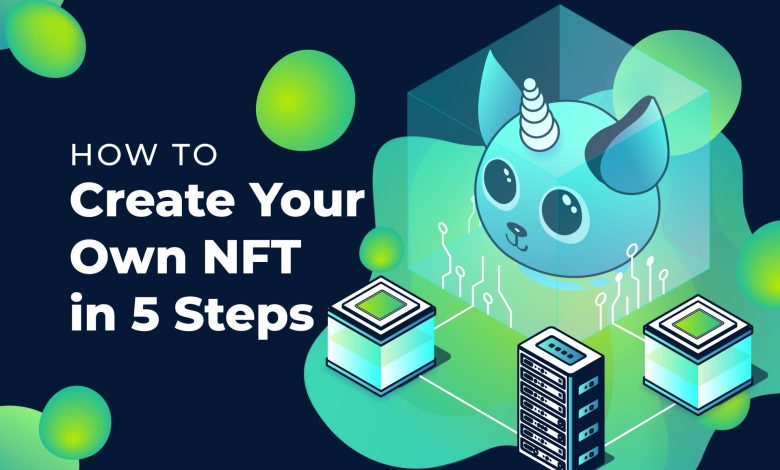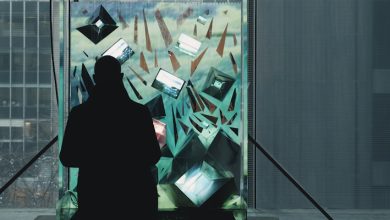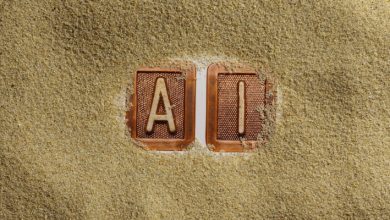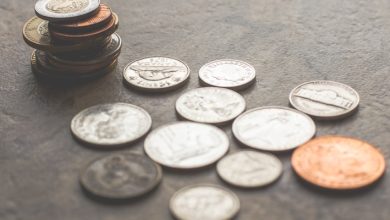How to Create and Mint Your Own NFTs

- Understanding NFTs: A Beginner’s Guide
- Exploring the World of Digital Art and NFTs
- Step-by-Step Guide to Creating Your Own NFTs
- Choosing the Right Platform for Minting NFTs
- Tips for Marketing and Selling Your NFTs
- Navigating the Legal and Copyright Issues of NFTs
Understanding NFTs: A Beginner’s Guide
NFTs, or Non-Fungible Tokens, have been gaining popularity in the digital world as a new way to buy, sell, and trade digital assets. But what exactly are NFTs and how do they work? Let’s break it down for beginners.
An NFT is a unique digital asset that is stored on a blockchain, which is a decentralized and secure digital ledger. Unlike cryptocurrencies like Bitcoin or Ethereum, which are fungible and can be exchanged on a one-to-one basis, NFTs are one-of-a-kind and cannot be replicated. This uniqueness is what gives NFTs their value and appeal to collectors and creators alike.
When you own an NFT, you have ownership of a specific digital item, whether it’s a piece of art, a video clip, a tweet, or even a virtual real estate. The ownership is verified by the blockchain, making it secure and tamper-proof. This means that even if the original creator sells or transfers the NFT, the ownership history is still recorded on the blockchain.
Creating and minting your own NFT involves uploading your digital asset to an NFT marketplace, where it will be tokenized and turned into a unique digital token. This token can then be bought, sold, or traded just like any other NFT. Keep in mind that minting an NFT usually involves a fee, so be sure to factor that into your decision-making process.
Exploring the World of Digital Art and NFTs
Exploring the world of digital art and NFTs opens up a whole new realm of possibilities for artists and creators. NFTs, or non-fungible tokens, have revolutionized the way we buy and sell digital art, allowing for unique ownership and provenance in the digital space.
Creating and minting your own NFTs can be a rewarding experience, whether you are an established artist or just starting out. By leveraging blockchain technology, you can tokenize your digital creations and sell them as one-of-a-kind assets on various NFT marketplaces.
When diving into the world of NFTs, it’s essential to understand the underlying technology and how it can benefit your artistic practice. By embracing this new form of digital ownership, you can reach a global audience and connect with collectors who appreciate your unique vision.
Whether you are a painter, photographer, musician, or any other type of digital artist, NFTs offer a way to monetize your work and establish yourself in the digital art market. With the right strategy and creativity, you can create a successful NFT collection that resonates with collectors and enthusiasts alike.
Step-by-Step Guide to Creating Your Own NFTs
To create and mint your own NFTs, follow these step-by-step instructions:
1. **Conceptualize Your NFT**: Before diving into the technical aspects, take the time to brainstorm and come up with a unique and compelling concept for your NFT. Consider what makes it special and why someone would want to own it.
2. **Create Digital Artwork**: Once you have a concept in mind, it’s time to create the digital artwork for your NFT. This could be anything from illustrations and animations to music and videos. Make sure the quality is high and the file format is compatible with NFT platforms.
3. **Choose an NFT Marketplace**: Research different NFT marketplaces to find one that aligns with your goals and values. Popular options include OpenSea, Rarible, and Mintable. Each platform has its own set of guidelines and fees, so choose wisely.
4. **Set Up a Wallet**: To mint and sell your NFTs, you’ll need to set up a cryptocurrency wallet. MetaMask is a popular choice that is compatible with most NFT marketplaces. Make sure to secure your wallet with a strong password and backup phrase.
5. **Mint Your NFT**: Once you have your artwork ready and your wallet set up, you can mint your NFT. This process involves creating a unique token on the blockchain that represents your digital asset. Follow the instructions on your chosen marketplace to mint your NFT successfully.
6. **List Your NFT for Sale**: After minting your NFT, you can list it for sale on the marketplace. Set a price, add a description, and upload your digital artwork. Don’t forget to promote your NFT on social media and other channels to attract potential buyers.
7. **Monitor Your Sales**: Keep track of your NFT sales and engage with buyers to build a community around your artwork. Consider creating limited editions or special collections to increase the value of your NFTs.
By following these steps, you can create and mint your own NFTs successfully. Remember to stay creative, stay informed, and stay connected with the NFT community to maximize your success in the digital art world.
Choosing the Right Platform for Minting NFTs
When it comes to **choosing** the right platform for **minting** NFTs, it is essential to consider various factors to ensure a smooth and successful process. There are several platforms available that cater to different needs and preferences, so it is crucial to do thorough research before making a decision.
One of the most popular platforms for **minting** NFTs is OpenSea, which offers a user-friendly interface and a wide range of **features** to help creators **mint** their digital assets. Another option is Rarible, which allows users to **create** and **sell** NFTs without any coding knowledge. Additionally, platforms like Mintable and Foundation provide **unique** **features** such as **royalties** and **curation**.
Before **choosing** a platform, consider factors such as **fees**, **ease** of use, **community** **support**, and **security** measures. It is also important to **research** the platform’s **reputation** and **track** record to ensure a **reliable** and **secure** experience.
By **carefully** **evaluating** your options and **choosing** a platform that aligns with your **goals** and **preferences**, you can **successfully** **mint** and **sell** your own NFTs in the **burgeoning** digital **art** market.
Tips for Marketing and Selling Your NFTs
When it comes to marketing and selling your NFTs, there are several tips to keep in mind to maximize your success. Here are some key strategies to help you promote and sell your digital assets:
- Utilize social media platforms to showcase your NFTs and reach a wider audience. Platforms like Twitter, Instagram, and TikTok can be great tools for generating buzz around your creations.
- Collaborate with other artists and creators in the NFT space to cross-promote each other’s work. This can help you tap into each other’s fan bases and expand your reach.
- Participate in NFT marketplaces and online auctions to get your work in front of potential buyers. Platforms like OpenSea, Rarible, and Foundation are popular marketplaces for buying and selling NFTs.
- Offer limited editions or exclusive content to create scarcity and drive up demand for your NFTs. Limited edition drops can create a sense of urgency among collectors and increase the perceived value of your work.
- Engage with your audience and build a community around your NFTs. Hosting virtual events, Q&A sessions, and giveaways can help you connect with your fans and build a loyal following.
By following these tips and staying active in the NFT community, you can increase the visibility of your digital assets and attract more buyers to your creations. Remember to stay creative, authentic, and engaged with your audience to build a successful NFT brand.
Navigating the Legal and Copyright Issues of NFTs
Navigating the legal and copyright issues surrounding NFTs is crucial for creators looking to mint their own digital assets. It is essential to understand the implications of copyright law when creating and selling NFTs to ensure that you are not infringing on someone else’s intellectual property rights.
One key consideration is to make sure that you have the necessary rights to the content you are minting as an NFT. This includes obtaining permission from any third parties who may have contributed to the creation of the work. Additionally, it is important to consider whether the content you are using contains any copyrighted material that could potentially lead to legal issues down the line.
Another important aspect to consider is the terms of service of the NFT marketplace where you plan to mint your digital assets. These platforms often have specific guidelines regarding copyright infringement and intellectual property rights, so it is crucial to familiarize yourself with these rules before proceeding.
In addition to copyright issues, creators should also be aware of any potential legal implications related to the sale and ownership of NFTs. This includes understanding tax implications, potential fraud risks, and the enforceability of smart contracts.
By taking the time to navigate the legal and copyright issues surrounding NFTs, creators can protect themselves from potential legal disputes and ensure that their digital assets are minted and sold in a legally compliant manner.




